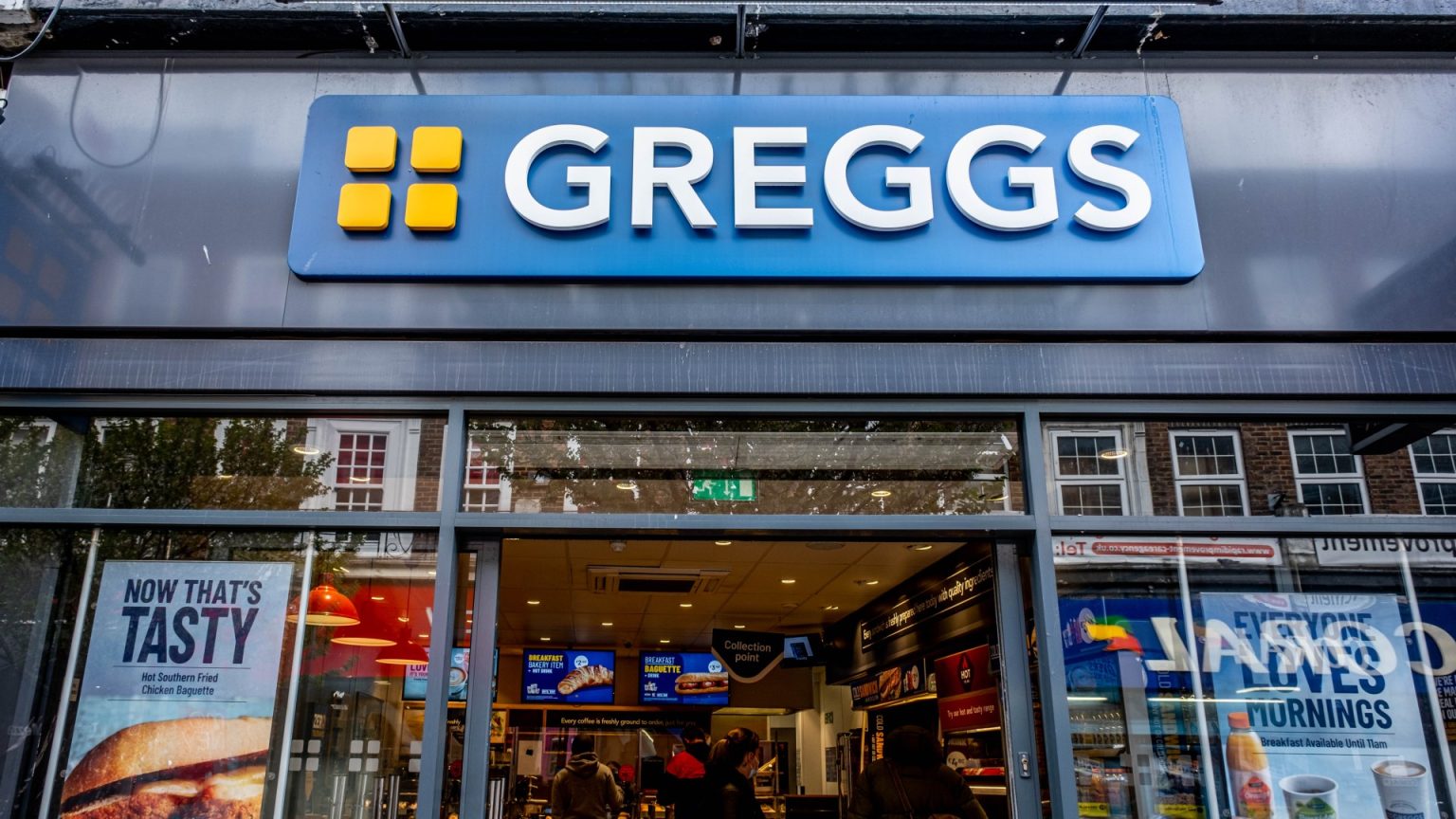Greggs, the beloved British bakery chain, has announced price increases across several of its popular menu items, including its iconic sausage roll. The price of a sausage roll has risen to £1.30 nationally, marking a significant jump from its £1 price point in 2022. This increase represents a more than 30% rise in just a couple of years. Prices also vary based on location, with some travel hubs, like London Bridge, seeing even higher prices for the savory pastry. The price hikes aren’t limited to sausage rolls; other items, such as coffee and steak bakes, have seen increases ranging from 5p to 10p. Greggs CEO, Rochin Currie, acknowledged the increases while emphasizing the company’s efforts to minimize the impact on customers, particularly by protecting entry-level prices and maintaining value meal deals like the breakfast and pizza deals at £2.85.
The primary driver behind these price adjustments is rising operating costs. Currie cited several factors, including the lingering effects of the COVID-19 pandemic, the energy crisis, and the broader inflationary environment, as contributing to the increased expenses. A significant factor is the rise in the national living wage, necessitating a 6.1% wage increase for Greggs staff. Additionally, changes to national insurance contributions stemming from the recent Budget have added approximately 1% to the company’s inflationary pressures. Despite these challenges, Greggs remains committed to its growth strategy and plans to continue opening new stores, aiming for 140 to 150 new locations in the current year, adding to its already extensive network of over 2,600 shops.
Currie expressed confidence in the future of Greggs, highlighting the company’s commitment to value and its ongoing efforts to expand its reach. She noted that despite a dip in consumer confidence, disposable income has actually improved, suggesting potential for increased sales as consumer sentiment rebounds. Greggs’ focus remains on providing affordable food options, evidenced by initiatives like double loyalty points on lunchtime sandwiches. The company actively monitors its pricing compared to competitors in the food-to-go market to ensure it remains a leader in value.
Greggs reported strong sales figures for 2024, exceeding £2 billion for the first time, representing an 11.3% increase over the previous year’s £1.8 billion. This success was driven in part by the popularity of seasonal offerings like festive flatbreads, festive bakes, and gingerbread lattes. While like-for-like sales growth has slowed to 2.5%, attributed to a decline in high street footfall, Greggs is strategically focusing on expanding its presence in railway stations and travel locations. This strategy allows them to cater to a wider customer base, albeit with slightly higher prices in these locations due to increased rent costs.
The Budget’s impact on businesses, specifically the increase in national insurance contributions and the rise in the national living wage, has been a key factor in driving up costs for many companies, including Greggs. Chancellor Rachel Reeves’s autumn statement outlined these changes, which are projected to raise significant revenue for the government. The reduction in the threshold for national insurance contributions, coupled with the increase in the minimum wage, has placed a substantial financial burden on businesses. Greggs, along with other major retailers like Tesco and M&S, has acknowledged the necessity of passing on some of these increased costs to consumers through price adjustments.
The rise in national insurance contributions, a tax on earnings that funds social programs like the state pension and certain benefits, has been a particularly contentious issue for businesses. The changes outlined in the Budget significantly increase the amount businesses contribute for each employee. This has led to concerns about the impact on profitability and the potential for job losses. While businesses like Greggs are striving to absorb as much of the increased costs as possible, they ultimately have to adjust pricing to maintain profitability and sustain their operations. This broader economic context underscores the challenges faced by businesses in navigating rising costs while remaining competitive and providing value to customers.




